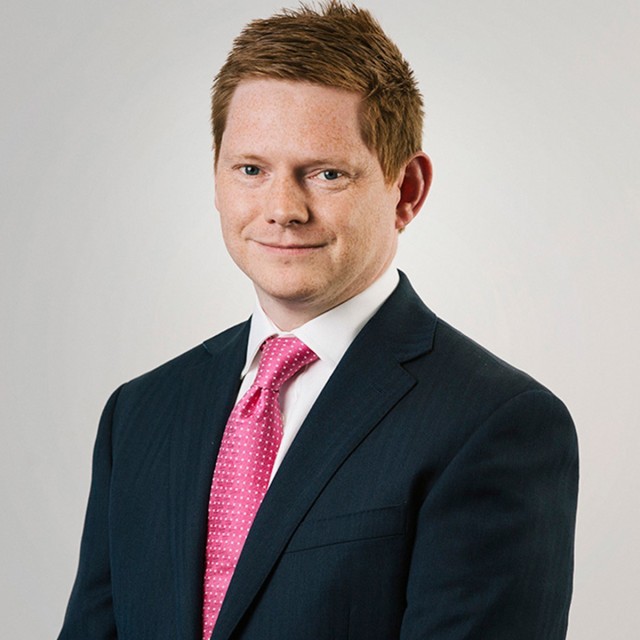Keoghs’ multi-award winning approach to dealing with Late Notified Claims has continued to provide excellent repudiation rates, reducing insurers’ indemnity spend whilst seeking to tackle the abusive market behaviours connected with such claims.
Often, when defending such cases, earlier calls recorded between claimant and insurer can prove vital when exposing inconsistencies in the medical evidence and circumstances surrounding the original incident.
More recently, the battle to push through Late Notified Claims has seen some claimant solicitors seeking to use Pre-Action Disclosure Applications to obtain call recordings prior to the submission of medical evidence. Such applications allow the claimant solicitor to be forewarned and therefore forearmed as to potential inconsistencies with the claim.
As a result, the Keoghs LNC team has taken a tough stance when dealing with PADs, and this robust approach has seen such tactics regularly contested and successfully dismissed. We are glad to report that, in our experience, the courts have consistently accepted that the early disclosure of such calls is not required.
In one particular case, a Pre-Action Disclosure was dismissed and the defendant received costs in excess of £1,500, with District Judge Davies commenting that:
“… of course, we have recently seen the introduction of QOCS and fundamental dishonesty. In my judgement, it would not be a fair disposal for an applicant or claimant to be able to advance a potentially fraudulent claim and be spared the consequence of that, avoiding the issue of proceedings by reason of insurers having had the foresight to ring out by telephone information ab initio.”
In another recent case, a claimant pursued a late notified claim despite a call recording three days post-accident between the claimant and insurer in which the claimant denied being injured. Furthermore, Keoghs’ intelligence team identified social media posts which confirmed that the claimant had taken part in horse riding competitions, an activity which was inconsistent with the medical evidence presented. A defence pleading fundamental dishonesty was filed resulting in an almost immediate discontinuance and the claimant agreed to pay the defendant costs in excess of £2,000, providing savings in excess of £10,000.
A further example of the effectiveness of call recordings as evidence saw two claimants pursuing a Late Notified Claim following an earlier road traffic accident. The claimants submitted witness and medical evidence which, again, contradicted a call recording between the claimant and insurer two days post-accident. As a result we made an application to amend the defence to plead fundamental dishonesty. Upon receipt of this application a notice of discontinuance was filed and the solicitors were removed from acting for the claimants. Keoghs requested that the court deal with our application and to make a positive finding of dishonesty. Unsurprisingly the claimants failed to attend the hearing and the court found both claims to have been fundamentally dishonest, awarding the defendant over £14,000 in costs.
Of course, it’s important to bear in mind that not all claims will see evidence of dishonesty. Yet, whilst the vast majority arise from a genuine accident, there is still the very real question as to whether the claimant can prove that an injury was sustained in the accident. The delayed presentation of a claim, the lack of objective contemporaneous note of injury (most notably the failure to attend a General Practitioner) and inconsistencies within evidence are such that the court, when a correct and just strategy is employed, will dismiss a claim as not proven.
I’ll leave the final words to District Judge Wright, who dismissed a typical Late Notified Claim at Skipton County Court, resulting in savings of £8,000…
“In looking at the other evidence I must weigh it in the balance and I remind myself that the Claimant did not report the accident or his injury to his GP and although he gives an explanation for that failure which could be consistent with him sustaining a minor injury managed by painkillers, I am reminded that he also didn’t mention the accident or his injuries to the physiotherapist he was seeing during the prognosis period, albeit for a different type of injury. The Claimant didn’t take any time off work and didn’t suffer any restriction at work. He also went on holiday without restriction a month after the accident. On one hand that could all be consistent with the Claimant suffering a minor injury however, when I look at it all collectively including the Claimant’s description of the accident mechanism, the report of ‘no injuries’ in the assessor’s report and the absence of any independent evidence of the Claimant telling anyone he was injured until he received the telephone call 2 years later, I have come to the conclusion that whilst it could be consistent with the Claimant sustaining injury, he has not discharged the burden of proof which he retains, to prove his claim on the balance of probabilities and it is therefore dismissed.”


The service you deliver is integral to the success of your business. With the right technology, we can help you to heighten your customer experience, improve underwriting performance, and streamline processes.